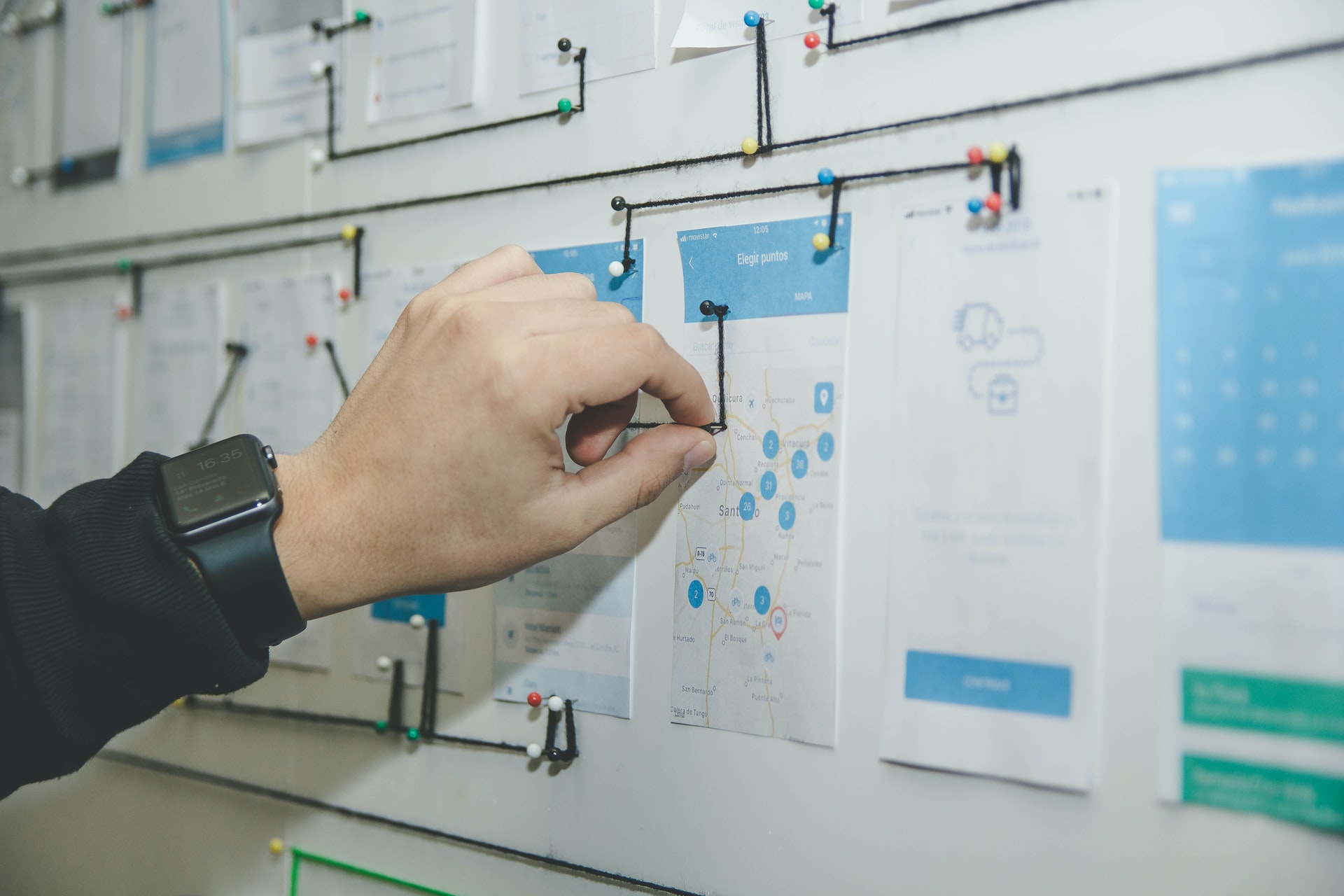How do you keep tabs on your expenses daily? Do you bother keeping tabs on your expense at all? A lot of people don’t! However, managing our finances is crucial. After all, It’s said that savings are essential for human survival.
Today, numerous mobile apps such as expenses tracking and budgeting apps can help you keep tabs on your finances. A better way to do so is by creating your budgeting application. The good news is the information is at your fingertips! Keep reading to learn about how to build a financial app.

Steps to How to Build a Financial App
Below are practical steps to help you create an app with a limited budget:
Step 1: Design and verify a prototype
To make a budget app, you need to first design and prototype. Because today’s users easily get bored with mobile applications, you should think about putting in a few gamification elements. Something that will attract users and keep them coming back for more. On the User Interface side, it also means design amplifying with micro animations and proffering thorough graph-based reports that users can tailor by category or period.
The importance of verification can not be over-emphasized. It is a crucial part of prototyping to develop a great product and optimize the costs and time it takes to develop the app. You need to launch an app that’s best positioned to catch the attention of users and keep customer churn at the minimum. To achieve this, you should adequately try out a clickable prototype with test users.
Prototyping, on the other hand, is the most cost-efficient step in the app development process.
Step 2: Build an MVP
After designing and prototyping, you need to start coding. Mobile App developers will put features together one at a time. Back-end developers will develop the server component for linking user data and proferring web access to the app.
Bare in mind that a budget web application is crucial these days to develop a budget app capable of generating genuine interest.

Step 3: Enforce Security
Although security is created and implemented during the development stage, It is worth singling out.
It is no news that security is crucial in personal finance management applications. You want your customers to be comfortable adding their financial data to the app. Therefore, you need to abide by these specific guidelines:
- Put in place bank-grade data encryption
- Make use of protocols like SSL and HTTP and secure connections
- Implement bio authentication(FaceID and TouchID) and two-factor authentication
- Get rid of inactive session
- mask data to protect from third parties.
- Abide by the ISO 27001 information security standard
Step 4: Vigorous application test
You must put it through a thorough QA cycle before uploading it to the app store. Testing can be the least exciting stage when you build a budget app. However, your QA effort can result in a seamless customer experience. The final testing that should be run before publishing your app should include all kinds of tests: ranging from load balancing to edge case testing.

Essentially, starting testing early in the development process will guarantee accelerated final testing.
Step 5. Launch the app on the app store and maintain it
The app store submission stage may sound like a lot of fun. In reality, it isn’t! many application owners have to resolve some things before their application gets accepted by Google and Apple. This step should be taken seriously as you create your own budget app (by clicking on the link, you can study a detailed description of Topflight Apps experience).
However, you need to be prepared for its maintenance after launching the app. It is termed DevOps in the software development process. The term ‘DevOps’ depicts special servers and practices that assist QA engineers and application developers in automatically producing new application versions, verifying them, and uploading them to app stores.

This practice will assist in keeping the application updated with the latest iOS features and amend issues that are sometimes not noticed.
Conclusion
Knowing how to build a financial app properly can serve two purposes: gaining better control over your finances and creating a profitable business for you. To triumph among competitors, a modern personal budget app will need to offer all necessary tools for presenting, analyzing, and predicting customers’ expenses, personalized advice and suggestions, along with the security of the best standards.
